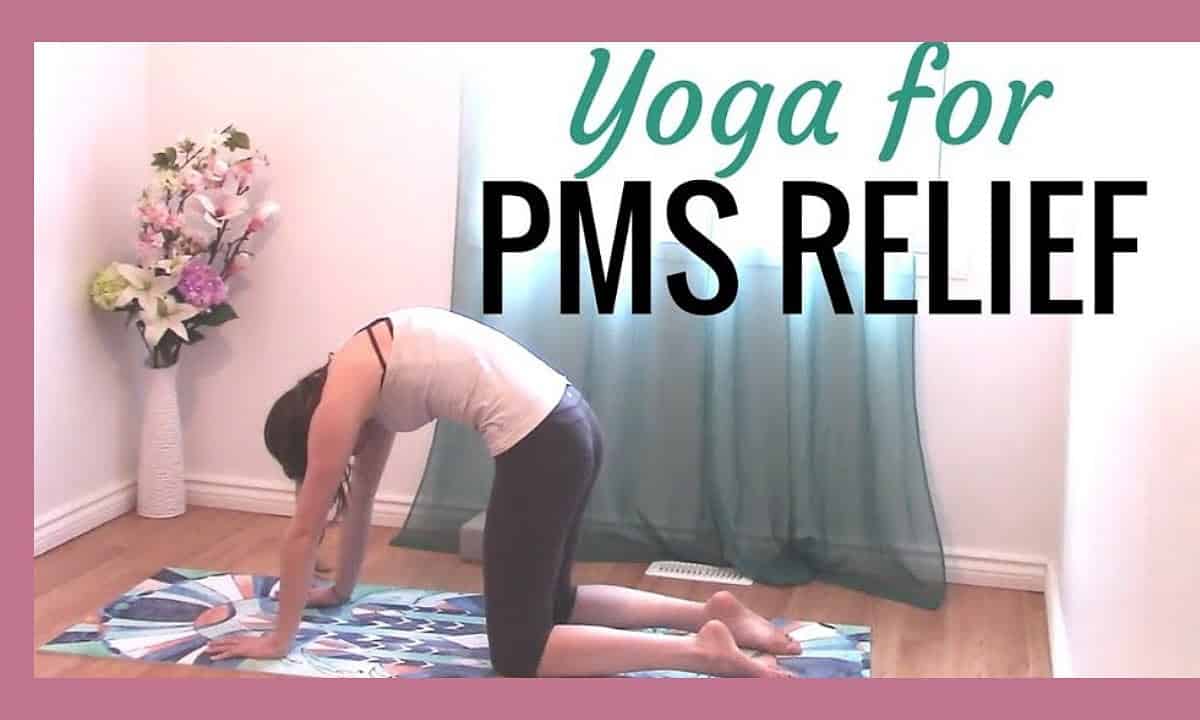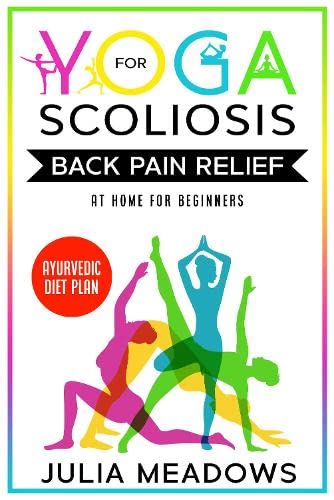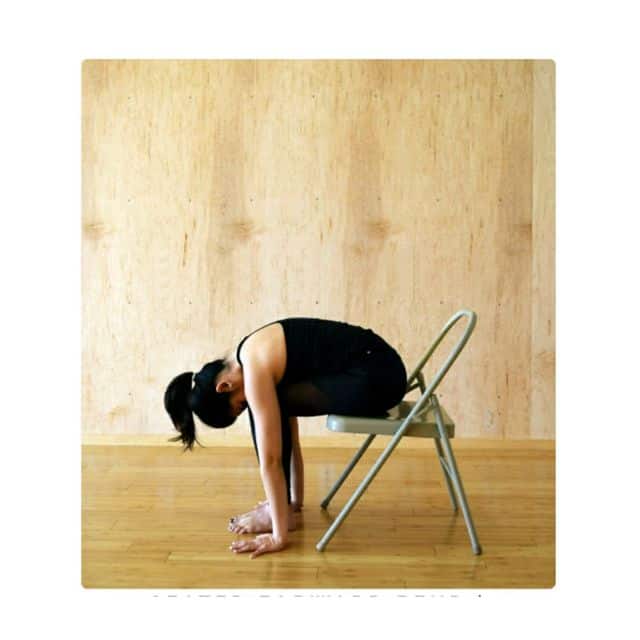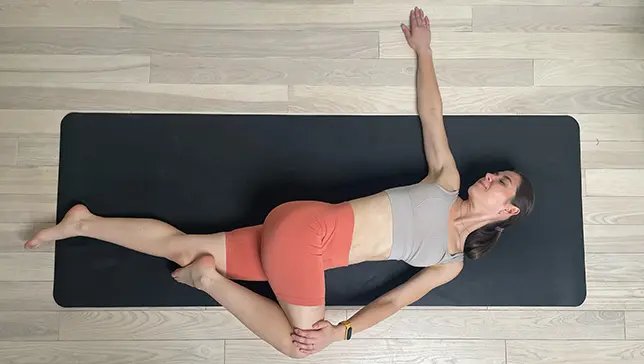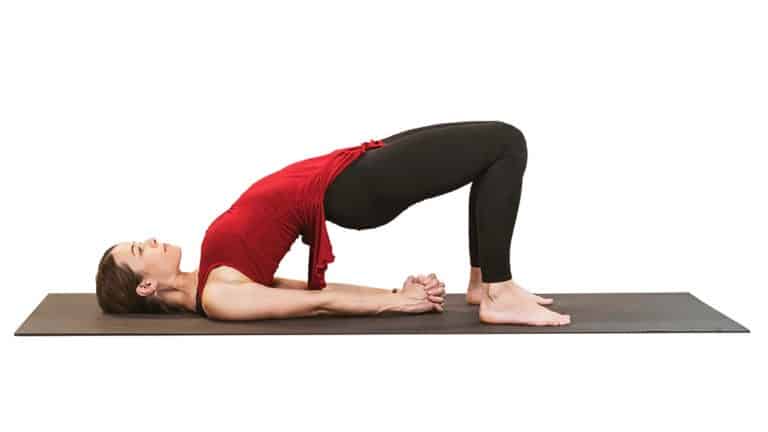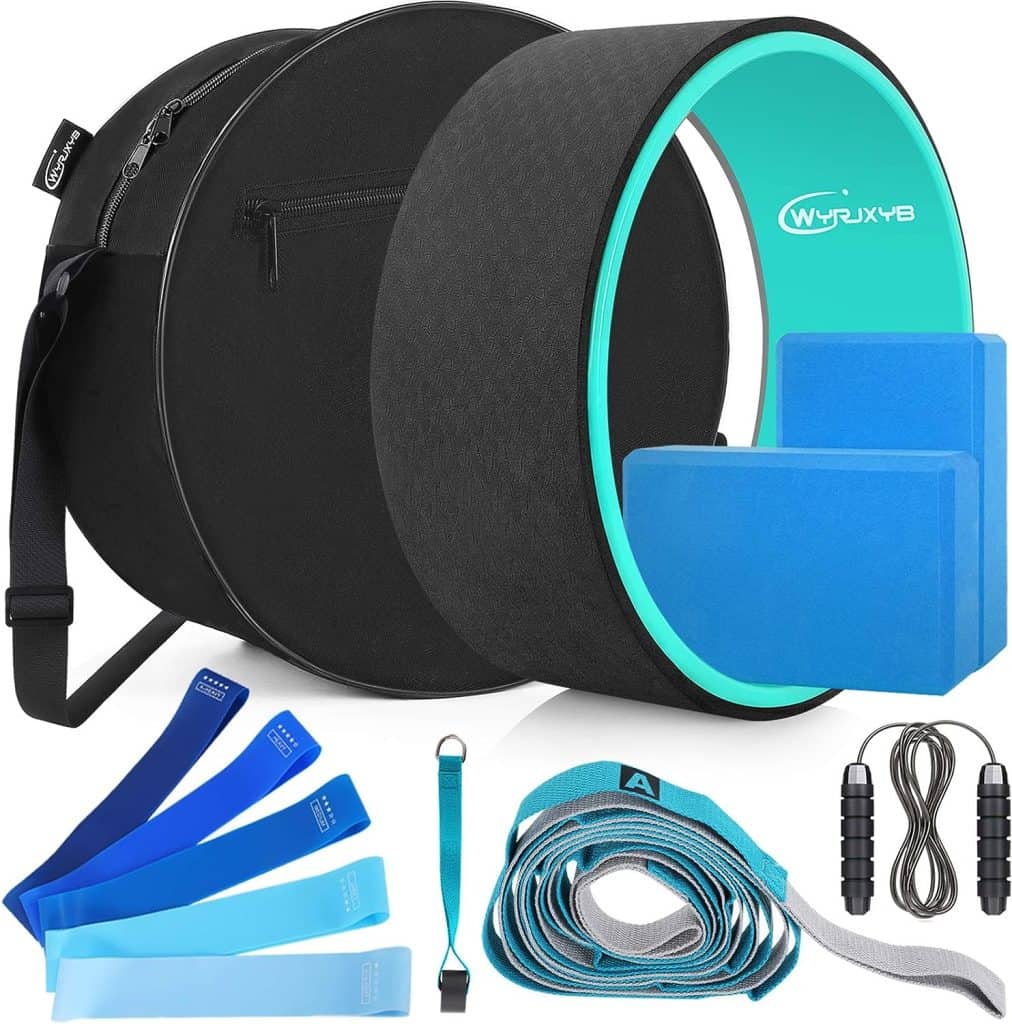In this article, we will explore the benefits of yoga for Premenstrual Syndrome (PMS), specific yoga poses and pranayama techniques that can alleviate discomfort, recommended yoga sequences, and tips for practicing yoga during PMS.
Premenstrual syndrome (PMS) can bring about a range of uncomfortable symptoms that can disrupt your daily life. However, incorporating yoga into your routine can provide relief and help manage these symptoms effectively.
Yoga can help alleviate symptoms of premenstrual syndrome (PMS)!
Benefits of yoga for PMS
Reduced stress and anxiety
Yoga is known for its ability to reduce stress and anxiety levels. During PMS, hormonal changes can lead to increased stress and emotional instability.
Engaging in yoga practices such as deep breathing, meditation, and gentle movements can help calm the mind, release tension, and promote relaxation. By incorporating yoga into your routine, you can experience a significant reduction in stress and anxiety associated with PMS.
Improved mood and emotional well-being
PMS often brings about mood swings, irritability, and emotional imbalances. Yoga offers a holistic approach to improving mood and emotional well-being.
The combination of physical movement, breath control, and mindfulness helps regulate hormones and neurotransmitters, promoting a sense of calmness and stability. Regular yoga practice can enhance your overall emotional state, making PMS symptoms more manageable.
Relief from physical discomfort
Physical discomfort is a common aspect of PMS, with symptoms such as bloating, cramps, and breast tenderness. Yoga poses specifically targeted for PMS relief can help alleviate these discomforts.
The gentle stretching and strengthening of muscles, along with improved blood circulation, can reduce bloating and ease cramps. Additionally, certain poses can provide relief to the lower back and pelvic region, reducing pain and discomfort.
Yoga poses for PMS relief
Child’s Pose (Balasana)
Child’s Pose is a restorative pose that gently stretches the lower back and hips, providing relief from menstrual cramps. Start by kneeling on the floor, bringing your big toes together and sitting back on your heels.
Lower your torso forward, resting your forehead on the mat and extending your arms in front of you. Breathe deeply and hold the pose for several breaths, allowing your body to relax and release tension.
Seated Forward Bend (Paschimottanasana)
Seated Forward Bend is a calming pose that stretches the entire back of the body, including the spine, hamstrings, and calves. Sit on the floor with your legs extended in front of you.
Inhale deeply, lengthen your spine, and exhale as you fold forward from the hips, reaching for your feet or ankles. If you can’t reach, use a strap or towel to hold onto. Hold the pose for a few breaths, feeling the gentle stretch in the back of your legs and spine.
Supine Twist (Supta Matsyendrasana)
Supine Twist is a gentle twist that helps relieve tension in the lower back and massages the abdominal organs, promoting digestion and reducing bloating.
Lie on your back with your knees bent and feet flat on the floor. Extend your arms out to the sides in a T-shape. Exhale and drop both knees to one side, keeping your shoulders grounded. Turn your head in the opposite direction. Hold the pose for a few breaths, then repeat on the other side.
Bridge Pose (Setu Bandhasana)
Bridge Pose is a rejuvenating pose that stretches the chest, neck, and spine while also calming the mind. Lie on your back with your knees bent and feet hip-width apart. Place your arms alongside your body, palms facing down. Inhale, press your feet into the floor, and lift your hips off the mat.
Roll your shoulders underneath you and interlace your fingers, pressing your arms into the ground. Hold the pose for a few breaths, feeling the stretch in your chest and the opening of your heart.
Legs-Up-The-Wall Pose (Viparita Karani)
Legs-Up-The-Wall Pose is a restorative inversion that helps reduce bloating, relieve cramps, and promote relaxation. Sit sideways against a wall with your legs extended along the wall. Lie back and swing your legs up the wall, keeping your arms relaxed by your sides.
Allow your body to relax completely, focusing on deep, slow breaths. Stay in this pose for several minutes, enjoying the benefits of improved circulation and reduced tension.
Pranayama techniques for PMS relief
Alternate Nostril Breathing (Nadi Shodhana)
Alternate Nostril Breathing is a balancing pranayama technique that helps regulate hormones and calm the mind. Sit comfortably with your spine straight. Use your right thumb to close your right nostril and inhale deeply through your left nostril.
Close your left nostril with your ring finger, release your right nostril, and exhale through it. Inhale through the right nostril, close it, and exhale through the left. Repeat this cycle for several minutes, focusing on the smooth flow of breath.
Deep Belly Breathing (Diaphragmatic Breathing)
Deep Belly Breathing is a simple yet effective technique that promotes relaxation and reduces stress. Lie down or sit comfortably with your spine straight. Place one hand on your belly and the other on your chest. Inhale deeply through your nose, allowing your belly to rise as you fill your lungs with air.
Exhale slowly through your mouth, feeling your belly sink back down. Continue this deep belly breathing for a few minutes, focusing on the sensation of your breath.
Ujjayi Breathing (Victorious Breath)
Ujjayi Breathing is a calming and energizing pranayama technique that helps balance the nervous system and reduce anxiety.
Sit comfortably with your spine straight. Inhale deeply through your nose, slightly constricting the back of your throat to create a soft hissing sound. Exhale through your nose, maintaining the same constriction.
Continue this rhythmic breathing, focusing on the sound and sensation of your breath. This technique can be particularly helpful during times of stress or emotional imbalance.
Yoga sequences for PMS relief
Relaxation sequence
– Child’s Pose (Balasana)
– Supine Twist (Supta Matsyendrasana)
– Legs-Up-The-Wall Pose (Viparita Karani)
Energizing sequence
– Seated Forward Bend (Paschimottanasana)
– Bridge Pose (Setu Bandhasana)
– Alternate Nostril Breathing (Nadi Shodhana)
Restorative sequence
– Supine Twist (Supta Matsyendrasana)
– Legs-Up-The-Wall Pose (Viparita Karani)
– Deep Belly Breathing (Diaphragmatic Breathing)
Tips for practicing yoga during PMS
– Listen to your body and modify poses as needed. Avoid any poses that cause discomfort or strain.
– Practice gentle and restorative yoga during the first few days of your period when energy levels may be lower.
– Stay hydrated and take breaks as needed during your practice.
– Incorporate meditation and mindfulness techniques to enhance relaxation and reduce stress.
– Consult with a yoga instructor or healthcare professional for personalized guidance and modifications.
Conclusion
Yoga offers a natural and effective way to alleviate symptoms of premenstrual syndrome (PMS). By practicing yoga regularly, you can experience reduced stress and anxiety, improved mood and emotional well-being, and relief from physical discomfort.
Incorporate the recommended yoga poses, pranayama techniques, and sequences into your routine to find relief and balance during PMS.
Remember to listen to your body, make modifications as needed, and seek professional guidance if necessary. Embrace the power of yoga and discover a more harmonious and comfortable menstrual cycle.
Originally posted 2023-04-27 16:48:12.
Yogi is a seasoned practitioner, teacher, and advocate for holistic well-being. He shared, “When I first started practicing yoga after long hours at my desk, I struggled with stiffness in my lower back. Through consistent practice of gentle Hatha poses, especially Cat-Cow and Sphinx, I noticed my posture improving. Studies from the NIH support that gentle spinal flexion can enhance circulation and reduce tension. Remember to move mindfully, never forcing your body — yoga meets you where you are.”

